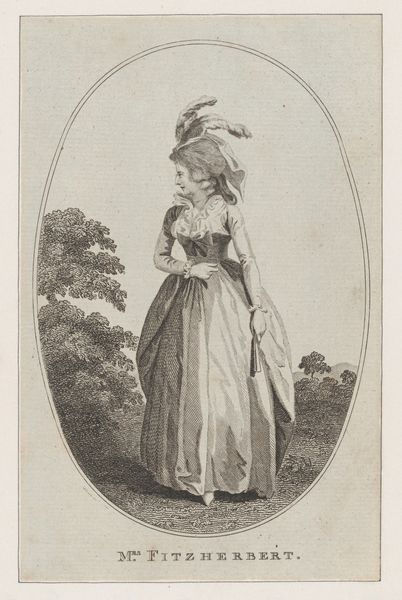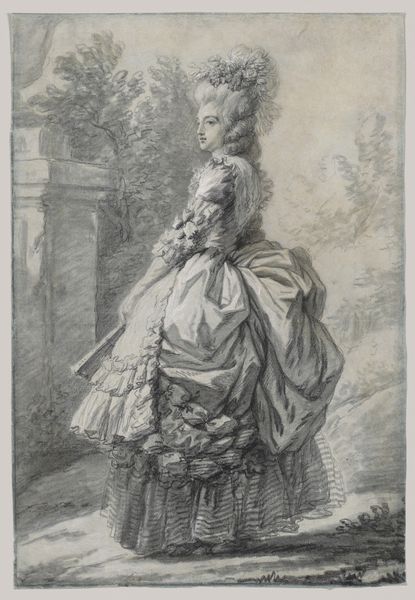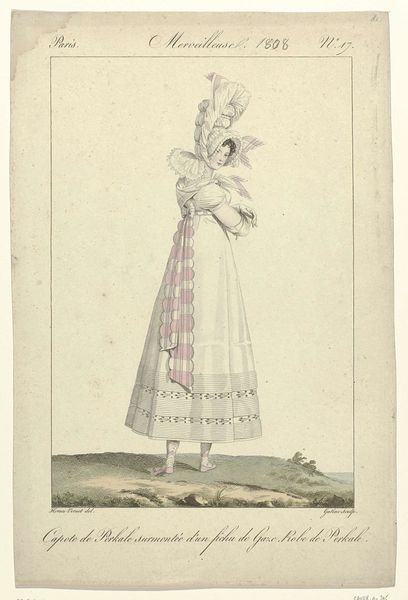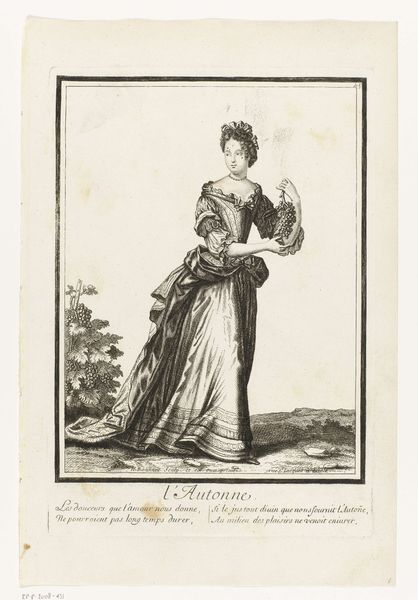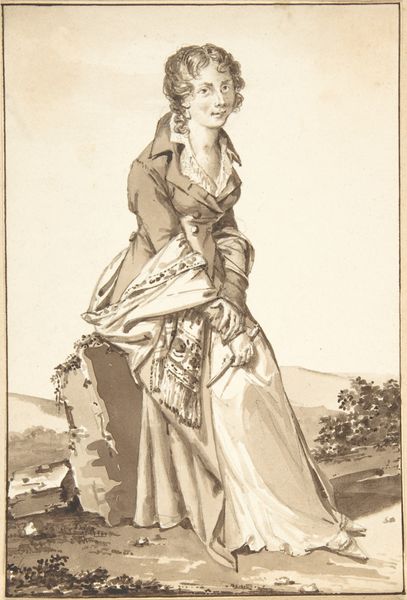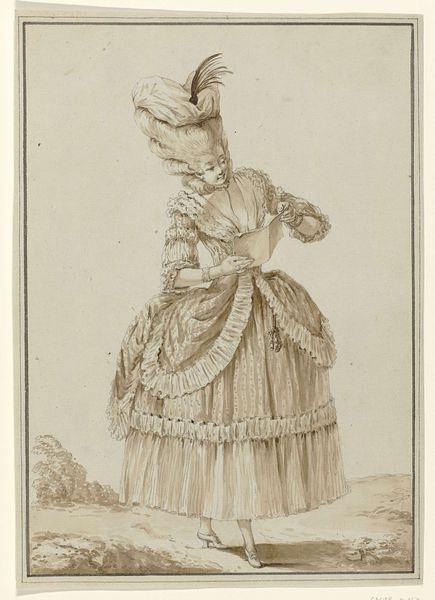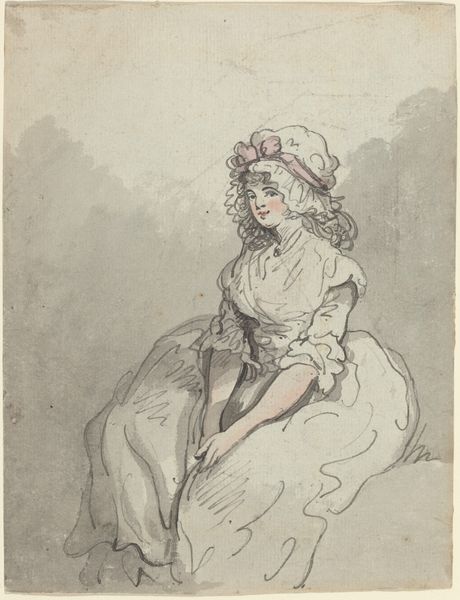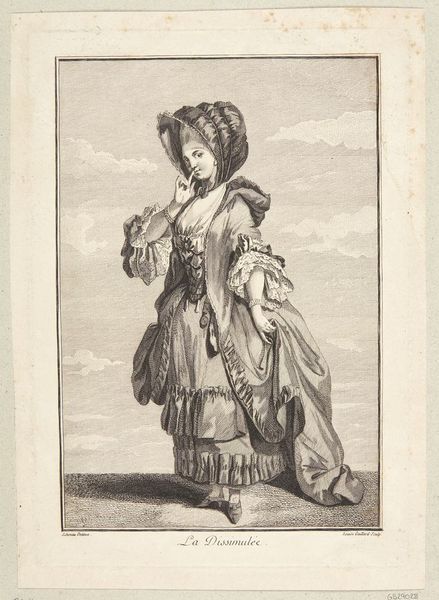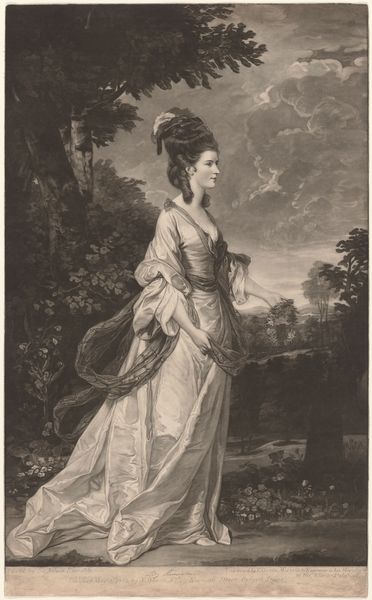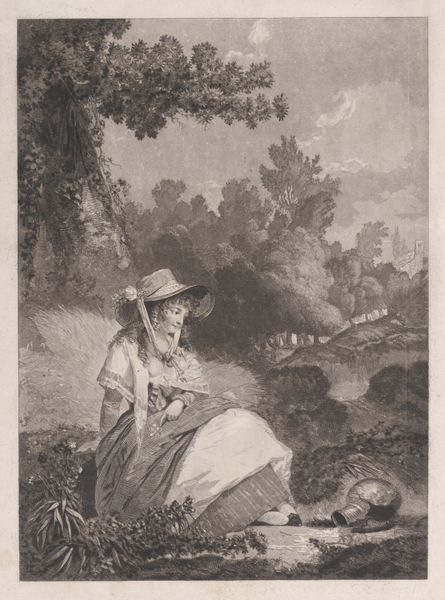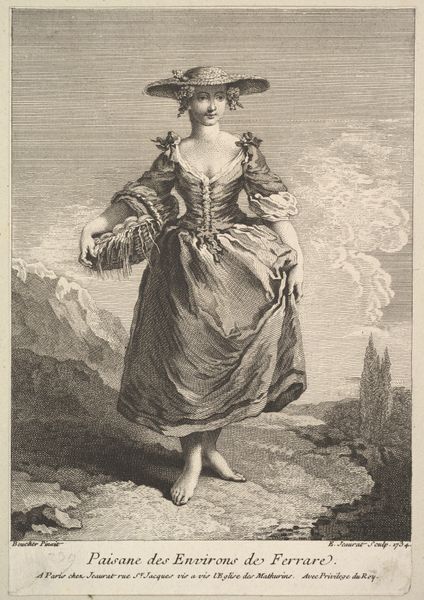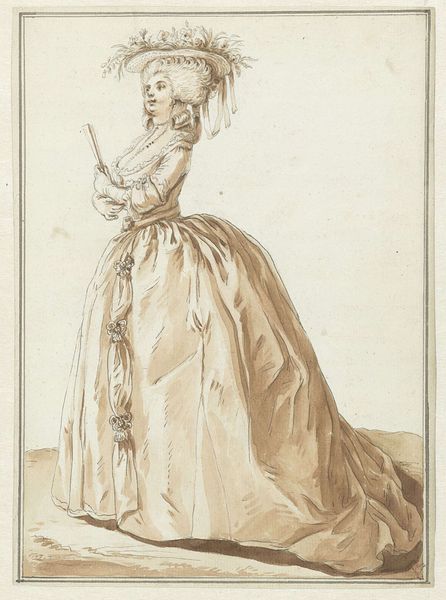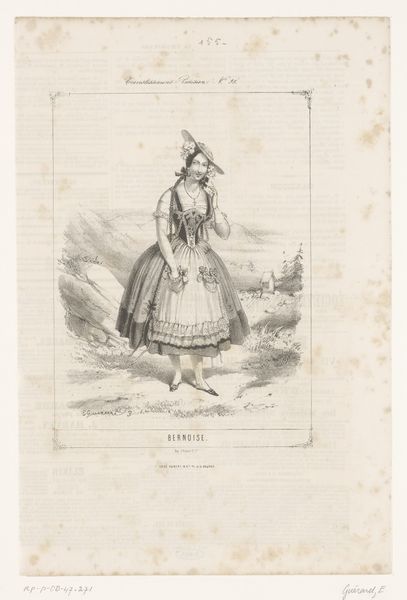
drawing, watercolor, ink, pencil, charcoal
#
portrait
#
drawing
#
still-life-photography
#
pencil sketch
#
charcoal drawing
#
watercolor
#
ink
#
pencil drawing
#
intimism
#
pencil
#
portrait drawing
#
watercolour illustration
#
charcoal
Dimensions: 13-9/16 x 9-1/2 in. (34.4 x 24.1 cm)
Copyright: Public Domain
Curator: Let’s turn our attention to a drawing from the late 18th century, titled "Seated Woman, Seen from Behind." The piece, rendered in ink and wash, comes to us from an anonymous hand. Editor: It strikes me as profoundly melancholic. The muted palette, the turned back… the voluminous dress nearly swallowing the figure. There is also something unsettling in that the figure is surrounded by an almost cloud-like haze. The tonal arrangement establishes the figure as central while also shrouding it in a sense of detachment from its surroundings. Curator: The anonymity is indeed a fascinating starting point. Whose gaze are we invited to adopt here? We see a woman, likely of means, given the fabric and cut of her dress, seated in apparent contemplation. It begs the question of female agency during the era of revolutions. Was the act of turning away, of removing oneself from direct observation, a subtle rebellion? Or perhaps simply a moment of private reflection? Editor: The wash technique really emphasizes the interplay of light and shadow, and through that interplay of light and shadow we perceive her mass as substantial. What the woman's dress suggests materially she conveys experientially in mass, taking up space by contrasting to her seat. The lack of stark delineation further invites the viewer's interpretation to come to bear. Curator: Exactly. This era also grappled with rigid social expectations around female visibility. In some circles, to be seen and not heard was considered ideal. This drawing, with its averted gaze, subverts that power dynamic. Is she in defiance? Or does the act of taking up physical space signify a bid for something more, whether emotional or material? Perhaps there is both defiance and aspiration? The lack of clarity makes her somehow a model to aspire toward in how enigmatic, how complex her feelings are allowed to be. Editor: The artist masterfully uses the contrast of sharp lines—see the chair's angularity—and soft washes, especially in the rendering of her hair. It adds layers of visual interest while still holding a central tension between structure and ephemerality, echoing her figure as both present in a place and abstracted from that place. It is in such elements where we can discern the meaning. Curator: Absolutely. It reminds us that art isn't simply about representation. It's about challenging societal norms and posing crucial questions about power, visibility, and identity. Editor: A successful exercise in structural arrangement.
Comments
No comments
Be the first to comment and join the conversation on the ultimate creative platform.
